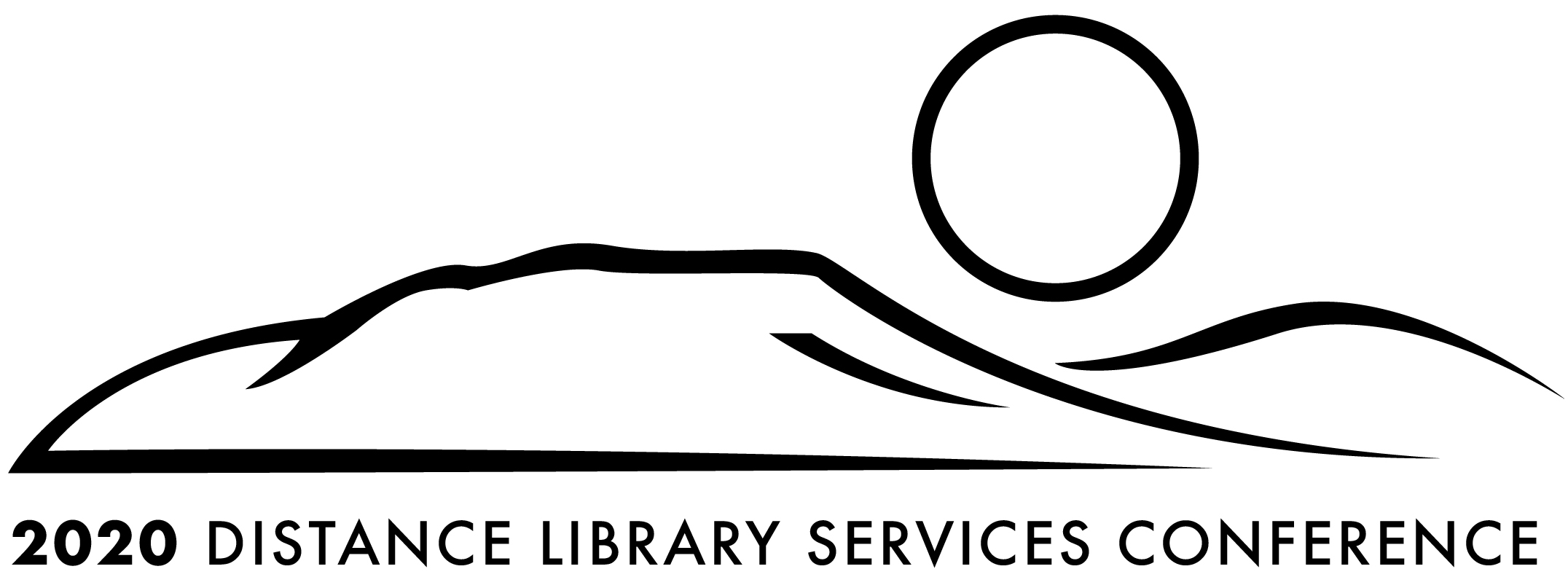Embedding the Library Into Curriculum Development
Session Format
In-person Presentation
Conference Tracks
Library Instruction and Instruction Design
Short Description
As higher education continues to adapt to increasing numbers of online courses, librarians are looking for ways to make library instruction and resources relevant in the online environment. Learn how librarians at Concordia University, in St. Paul, Minnesota are creating partnerships and leading a newly established Curriculum and Instruction Center to increase the library’s presence in online courses.
Long Description
Like many universities, Concordia University, St. Paul (CSP) is rapidly expanding into a greater number of online courses and programs. Currently, two-thirds of CSP students attend classes online only. As the university increases the number of online students, the library is focusing on finding new and sustainable ways to engage with this student population through collaboration with other campus partners.
In 2018, librarians were asked to lead a newly established Curriculum and Instruction Center. This center is a partnership between liaison librarians, faculty members, instructional designers, and information and academic technology staff. Collaborating with these partners has resulted in liaison librarians, library resources, and information literacy instruction being embedded in and built into online curriculum. Librarians are an integral part of the conversations between faculty and instructional designers as new curriculum is designed and existing courses are redesigned.
Librarians collaborate with faculty course writers and instructional designers to determine how and when information literacy instruction will be embedded into a course. Key research concepts are scaffolded throughout a program, building up from a standard library overview to more intense, subject-specific research assistance. Liaison librarians also help faculty find library materials and Open Education Resources (OERs) to replace traditional textbooks. During course development faculty work with librarians to make their courses textbook-free. Rather than starting from scratch, faculty retain their general course structure and librarians find options of resources available through the library. This new process has helped reduce students’ textbook costs. These readings were also embedded directly in the Learning Management System (LMS), allowing students to have a seamless experience when accessing online readings.
These collaborations give librarians a better understanding of the online curriculum and solidify their seat at the table of campus curriculum development.
Learning Objectives
Participants will identify potential campus partners in curriculum redesign.
Participants will learn ways to embed library resources and instruction in online classes.
Embedding the Library Into Curriculum Development
Like many universities, Concordia University, St. Paul (CSP) is rapidly expanding into a greater number of online courses and programs. Currently, two-thirds of CSP students attend classes online only. As the university increases the number of online students, the library is focusing on finding new and sustainable ways to engage with this student population through collaboration with other campus partners.
In 2018, librarians were asked to lead a newly established Curriculum and Instruction Center. This center is a partnership between liaison librarians, faculty members, instructional designers, and information and academic technology staff. Collaborating with these partners has resulted in liaison librarians, library resources, and information literacy instruction being embedded in and built into online curriculum. Librarians are an integral part of the conversations between faculty and instructional designers as new curriculum is designed and existing courses are redesigned.
Librarians collaborate with faculty course writers and instructional designers to determine how and when information literacy instruction will be embedded into a course. Key research concepts are scaffolded throughout a program, building up from a standard library overview to more intense, subject-specific research assistance. Liaison librarians also help faculty find library materials and Open Education Resources (OERs) to replace traditional textbooks. During course development faculty work with librarians to make their courses textbook-free. Rather than starting from scratch, faculty retain their general course structure and librarians find options of resources available through the library. This new process has helped reduce students’ textbook costs. These readings were also embedded directly in the Learning Management System (LMS), allowing students to have a seamless experience when accessing online readings.
These collaborations give librarians a better understanding of the online curriculum and solidify their seat at the table of campus curriculum development.


Comments
Methods of audience engagement include online polling software, a chance for small group discussion, and Q&A at the end.